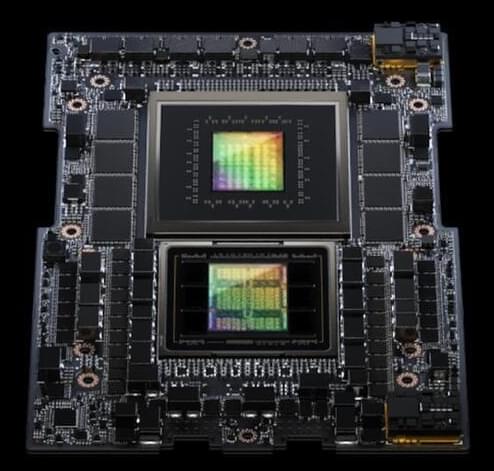Nvidia is making a superchip powerful enough for the demands of modern computing. NvidiaHere’s what’s coming from Nvidia’s upgraded GPUs.


Well…the New Empire is Rising…
A growing number of classrooms in China are equipped with artificial-intelligence cameras and brain-wave trackers. While many parents and teachers see them as tools to improve grades, they’ve become some children’s worst nightmare.
Video: Crystal Tai.
More from the Wall Street Journal:
Visit WSJ.com: http://www.wsj.com.
Visit the WSJ Video Center: https://wsj.com/video.
On Facebook: https://www.facebook.com/pg/wsj/videos/



Rotifers are multicellular, microscopic marine animals that live in soils and freshwater environments. They are transparent and can be easily grown in large numbers. As such, they have been used in some laboratories as research subjects for many years. Now scientists have found a way to manipulate the rotifer genome, which can make them far more useful for many different research applications.
In new work reported in PLOS Biology, scientists used the CRISPR-Cas9 gene editing tool to alter two rotifer genes. These edits were then passed down to future generations of rotifers. This effort can now help others use these organisms in their laboratories.
Upgrade will sharpen our view of nature’s atomic processes at work, aiding the development of a number of transformative technologies.


